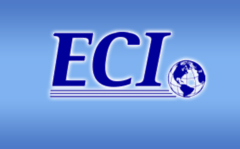Design And Control Of Chromatography Step In An Integrated Column Sequence
Abstract
Integration of the purification steps in downstream processing is one way to minimize the number of storage tanks and reduce hold-up time. The result is an integrated column sequence that performs straight through processing of the target protein, with minimal time from expression to formulation. This paper discusses the overall integration design and its expected performance, together with a more detailed analysis of the step behavior based on column simulations. The optimal design of the individual steps in the sequence is presented, both with robustness margins and local control system, as well as with and without local recycle.
An optimization methodology for chromatography steps is used to quantify the performance of the integrated sequence. The propagation of disturbances in connected column sequences forces an open-loop control strategy to be unnecessary conservative. The optimization is modified to also handle disturbances which makes it possible to find the robust optimum. The introduction of local control for disturbance compensation and for guarantee of optimal robust performance is shown for transient control of the dynamic cyclic steady-state.
For some separation problems, it is attractive to introduce local recycles in the process, such as in MCSGP, to enhance the yield of the target protein. These recycles are also introduced in the optimization methodology of separation steps in integrated column sequences, generating optimal robust solutions with recycles. The result shows the advantages and disadvantages of local recycles for the case study analyzed in the work.
